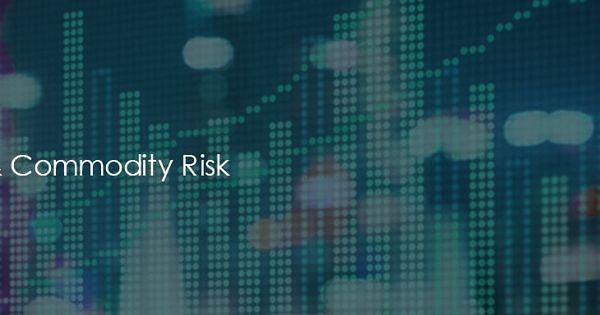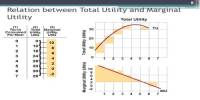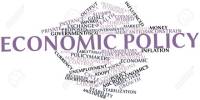Commodity risk is the threat of changes to a commodity price that may have a negative effect on future market value and income. It refers to the uncertainties of future market values and the size of the future income, caused by the fluctuation in the prices of commodities. It creates price risk for the producer, and in some cases, a price increase has to be passed on to the consumer. This is what causes the price of petrol to fluctuate, for example, and if it’s been a particularly poor harvest food prices can also rise. These commodities may be grains, metals, gas, electricity, etc. A commodity enterprise needs to deal with the following kinds of risks:
- Price risk is arising out of adverse movements in the world prices, exchange rates, basis between local and world prices. The related price area risk usually has a rather minor impact.
- Quantity or volume risk
- Cost risk
- Political risk
There are three types of commodity:
- Agricultural; including wheat, coffee, and sugar,
- Energy; including oil, gas, and coal,
- Metal; including silver, gold, copper, and aluminum.
Commodity risk is the risk that a business’s financial performance or position will be adversely affected by fluctuations in the prices of commodities. This risk is emerging as a critical differentiator of business performance, driven by a number of key trends including commodity price volatility and an increase in the complexity of commodity markets. Consumers of commodities such as airlines, transport companies, clothing manufacturers, and food manufacturers, are primarily exposed to rising prices, which will increase the cost of the commodities they purchase.
There are broadly four categories of agents who face the commodities risk:
- Producers (farmers, plantation companies, and mining companies) face price risk, cost risk, and quantity risk
- Buyers (cooperatives, commercial traders, and trait ants) face price risk between the time of up-country purchase buying and sale, typically at the port, to an exporter.
- Exporters face the same risk between purchase at the port and sale in the destination market, and may also face political risks with regard to export licenses or foreign exchange conversion.
- Governments face price and quantity risk with regard to tax revenues, particularly where tax rates rise as commodity prices rise or if support or other payments depend on the level of commodity prices.
















